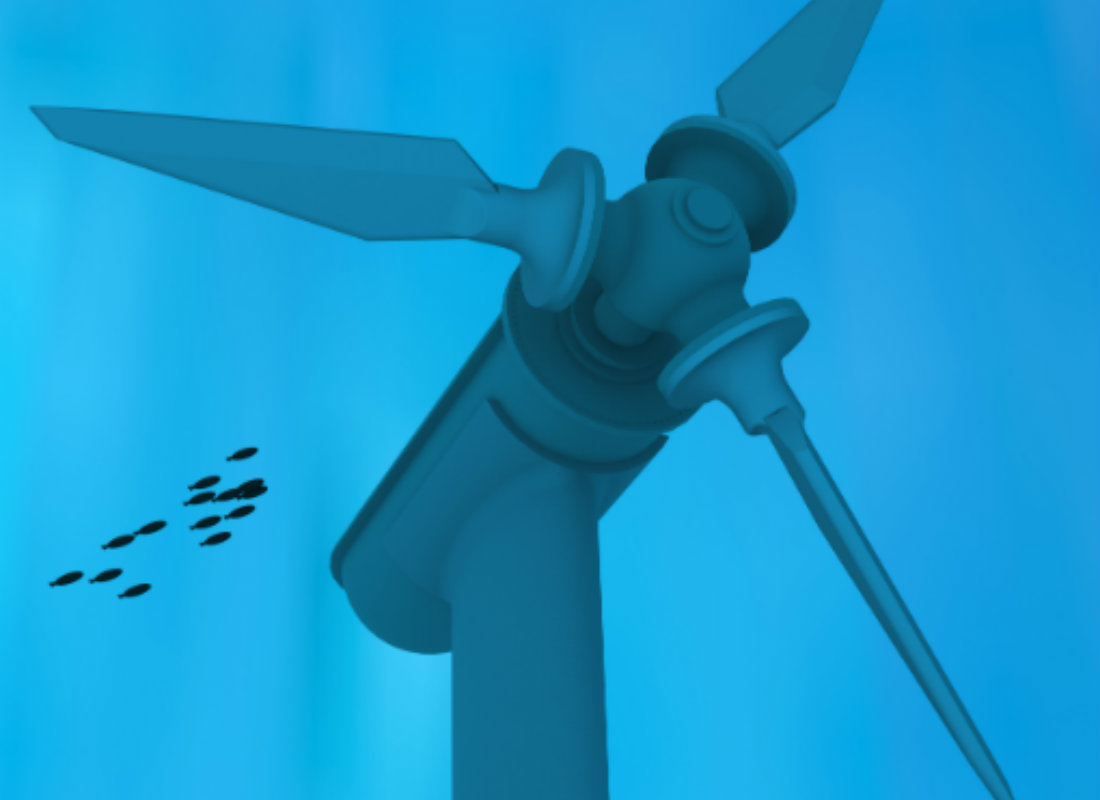Energy Specialisms
Tidal & Wave Energy
The opportunity afforded by marine energy will go a long way to help the UK and the rest of the world achieve ambitious carbon reduction targets. If marine equipment is to harness and also survive the enormous power of the ocean it is vital that a design is mechanically robust and reliable. Knowledge and experience in dynamics and vibration are therefore essential for risk mitigation and minimising operational and maintenance costs.
Through working with project partners, Xi Engineering provide comprehensive assessments of tidal power generating structures and the interactions within their components. These assessments minimise costs, allowing potential fatigue issues to be highlighted and any modifications to be carried out. Providing solutions to marine vibration matters requires a depth of specialist knowledge as well as the ability to carry out dynamic analysis and modelling. This approach allows Xi to design pre-emptive solutions for vibration issues before they become vibration problems.
Xi supports the design of marine energy converters through:
- Analysis of vibration issues resulting from the excitation of the nacelle and substructure of the turbine wake effects during blade pass.
- Analysis of vibration issues resulting from frequency-matching between rotational machinery with all major structural elements.
- Calculation of structural resonance due to add-mass effects of water.
- Bespoke design and interpretation of condition monitoring systems.
- Advice and sourcing of isolation for key device components.

Xi is often called upon to contribute their expert knowledge to Environmental Impact Assessments and have experience in providing support to marine Energy Planning Applications. In order to achieve this, Xi carries out underwater noise calculations related to the installation, operation and decommissioning phases of marine energy projects.
The application of finite element models together with acoustic beam trace and boundary element method simulations are fundamental methods used by Xi to assess operational noise levels within marine energy converters. Xi is acknowledged to be world leaders in the use of these methods, which additionally incorporate the effects of bathymetry and seabed type. Through incorporating the outputs of these models with ambient noise measurements, the results are used to predict the range at which operational noise is masked by background noise, which allows the collision risk with marine species and other marine users such as submarines to be assessed.
Talk to us about your project
Fill out the form and one of the team will get back to you.

